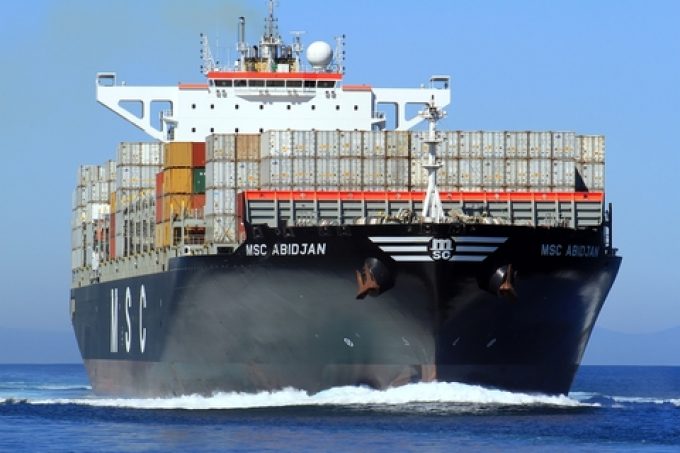Path now clear for Cosco to join consortium to buy HPH port terminals
The expiry of yesterday’s 145-day deadline for exclusive negotiations between Hutchison Port Holdings (HPH) and ...

With over half a million teu added to its fleet since January, and an orderbook of 1.5m teu, MSC is ramping up its standalone network in Europe ahead of the demise of the 2M Alliance.
Following the reinstatement of its Asia-North Europe Swan service last month, ...

Comment on this article